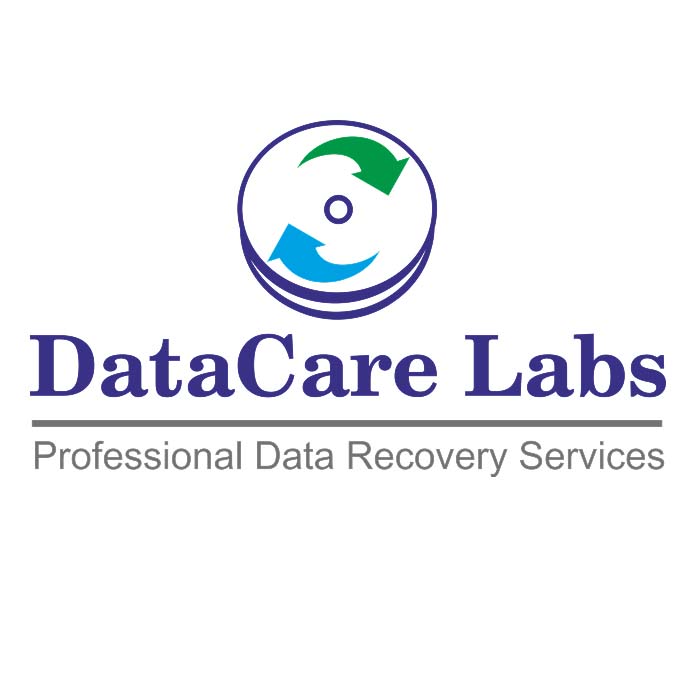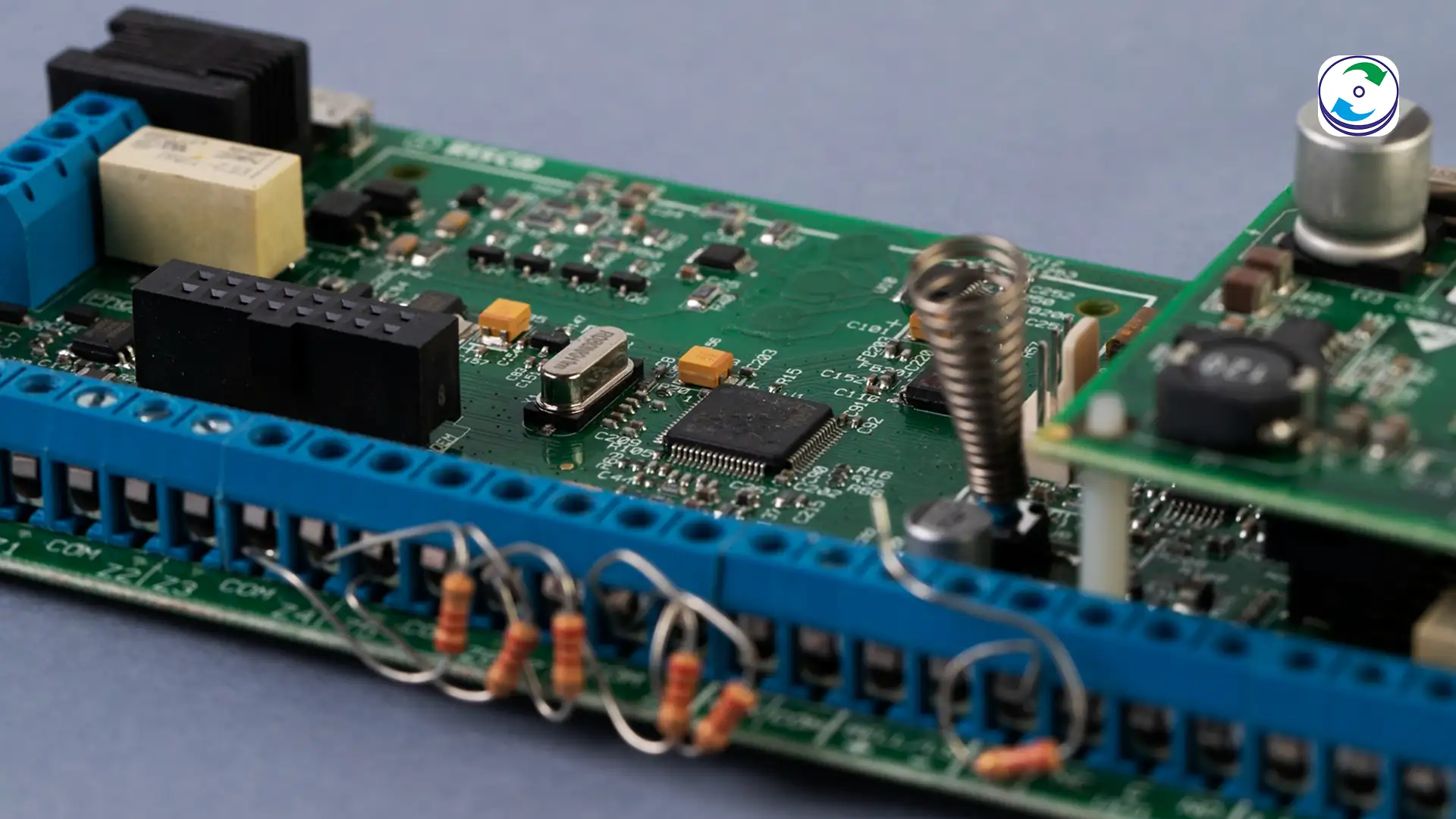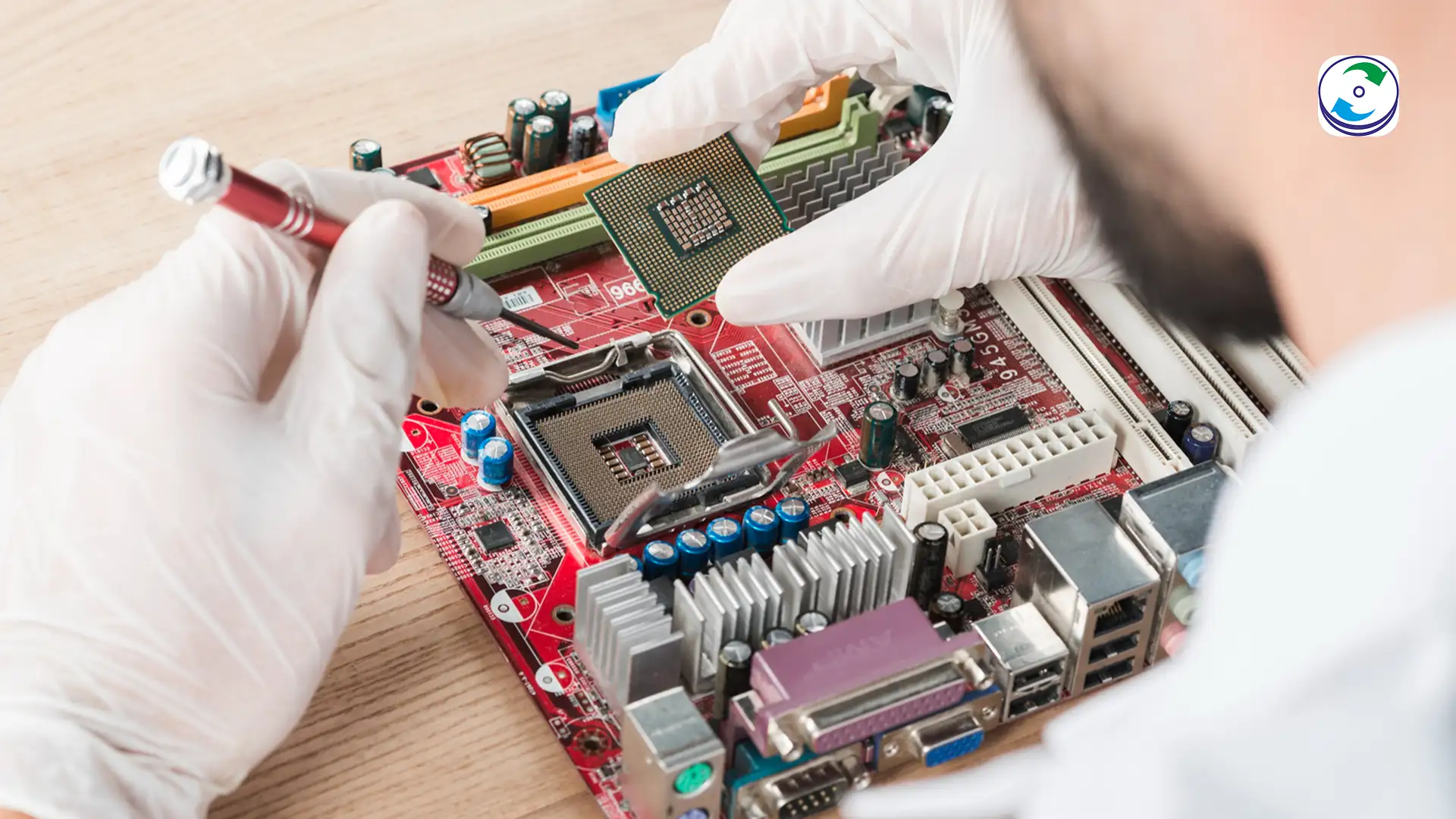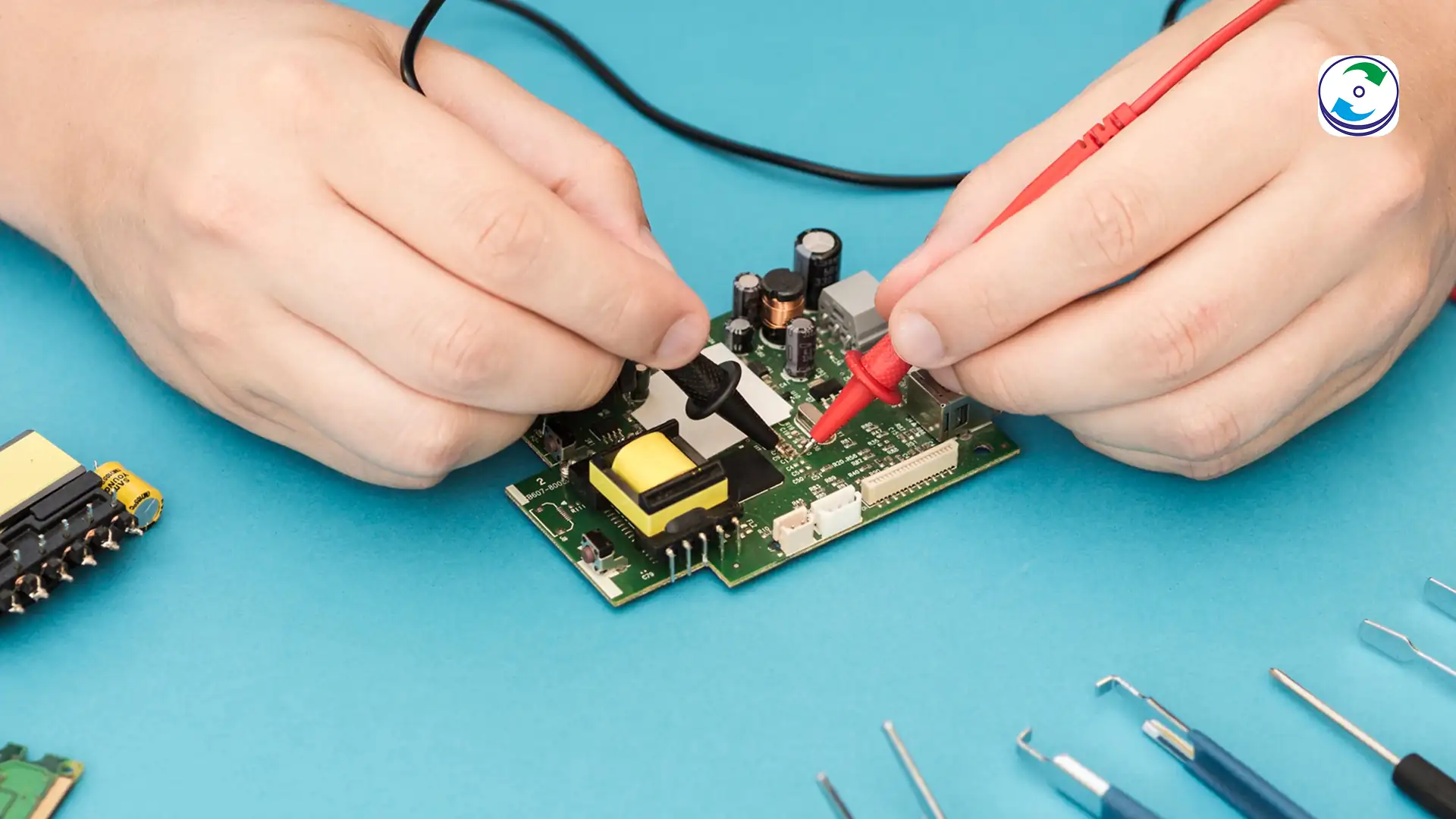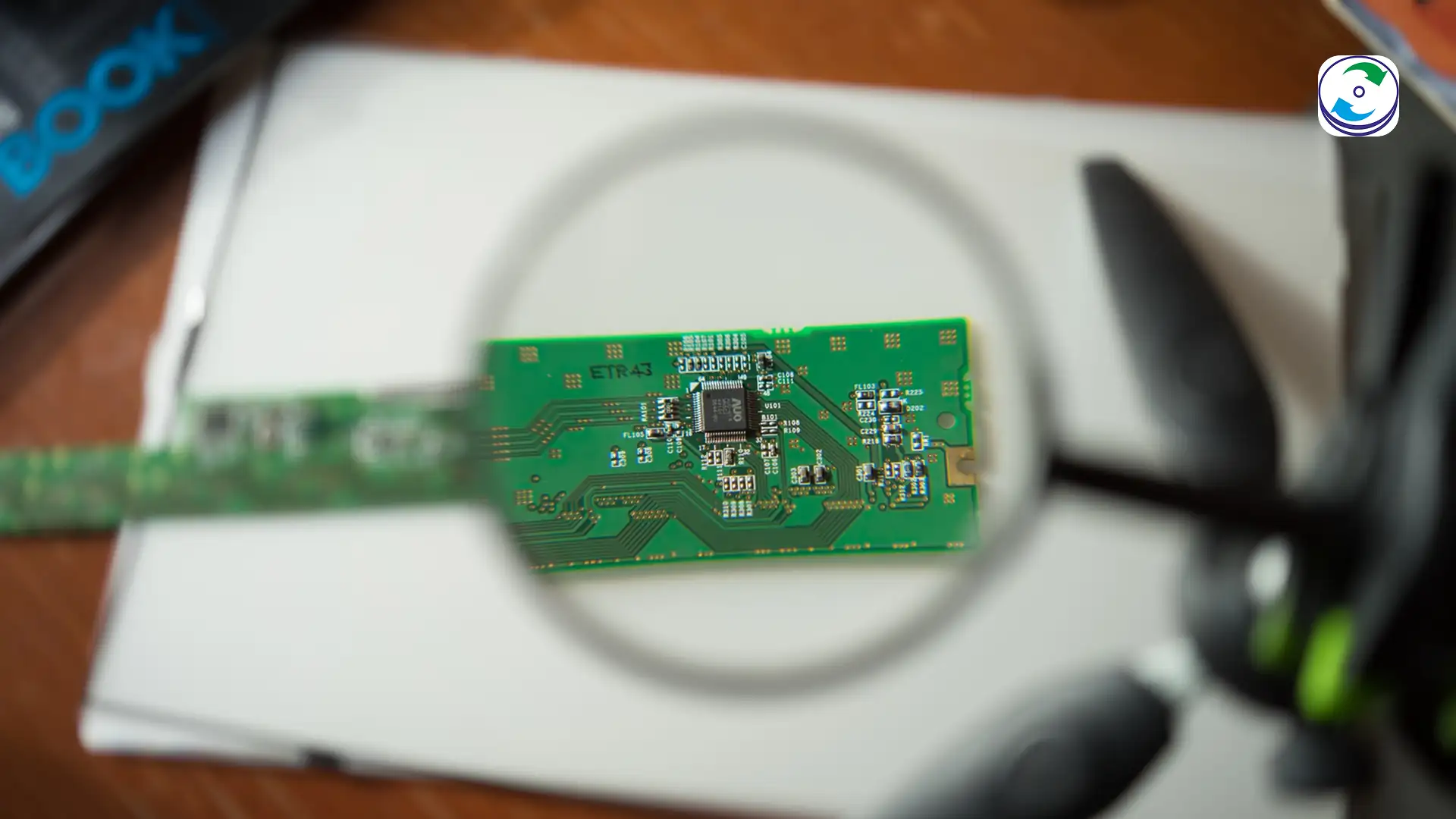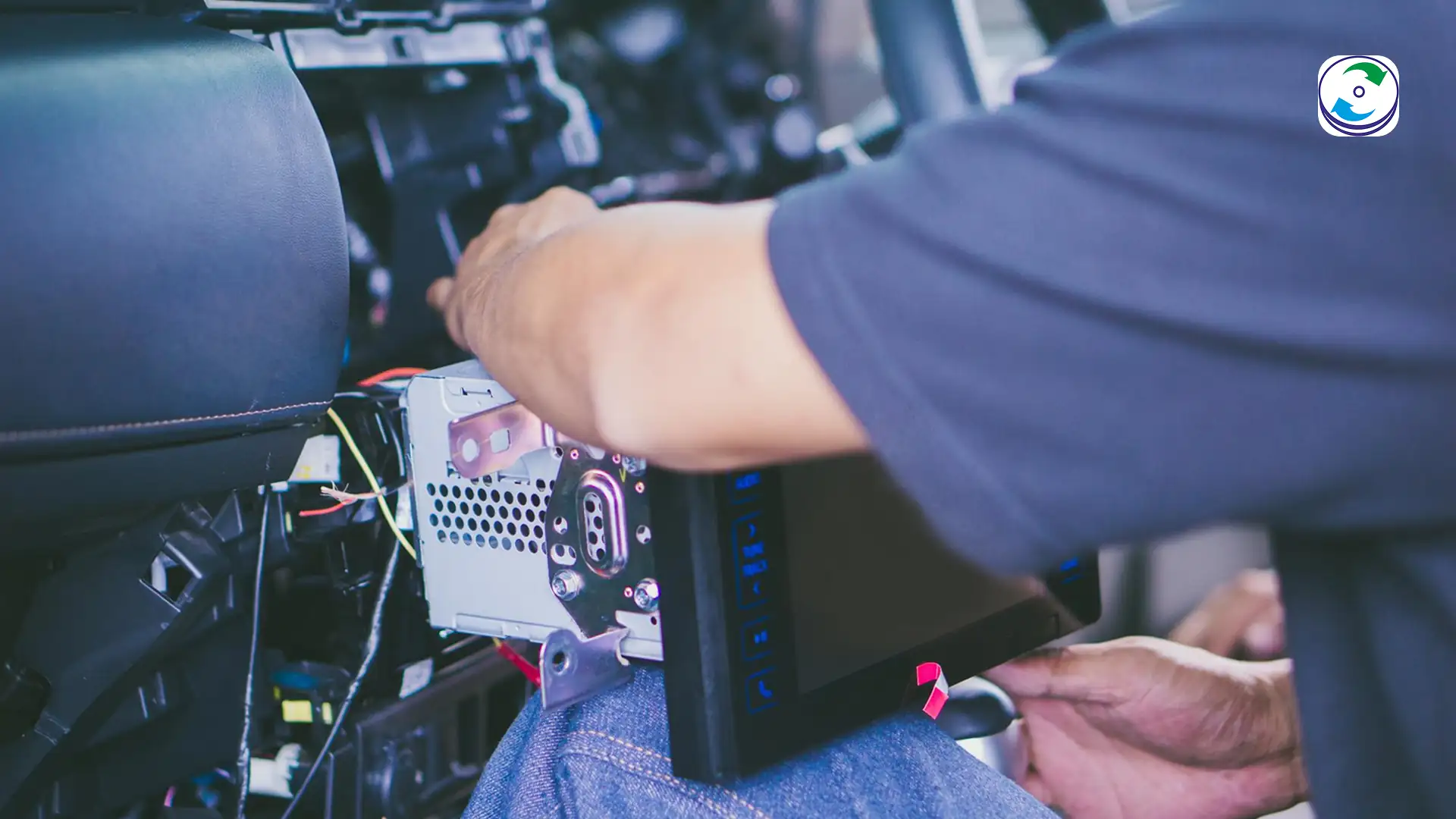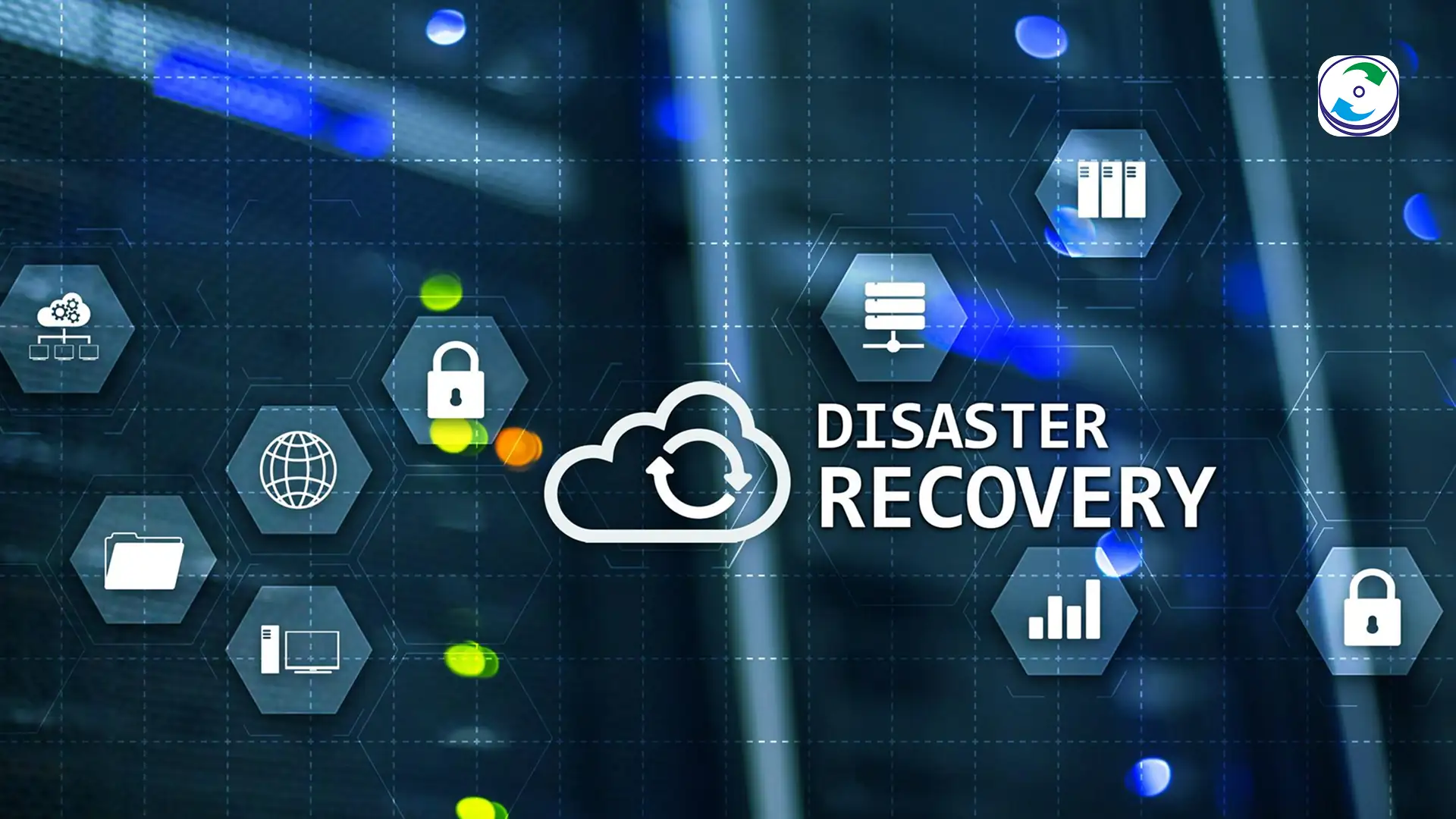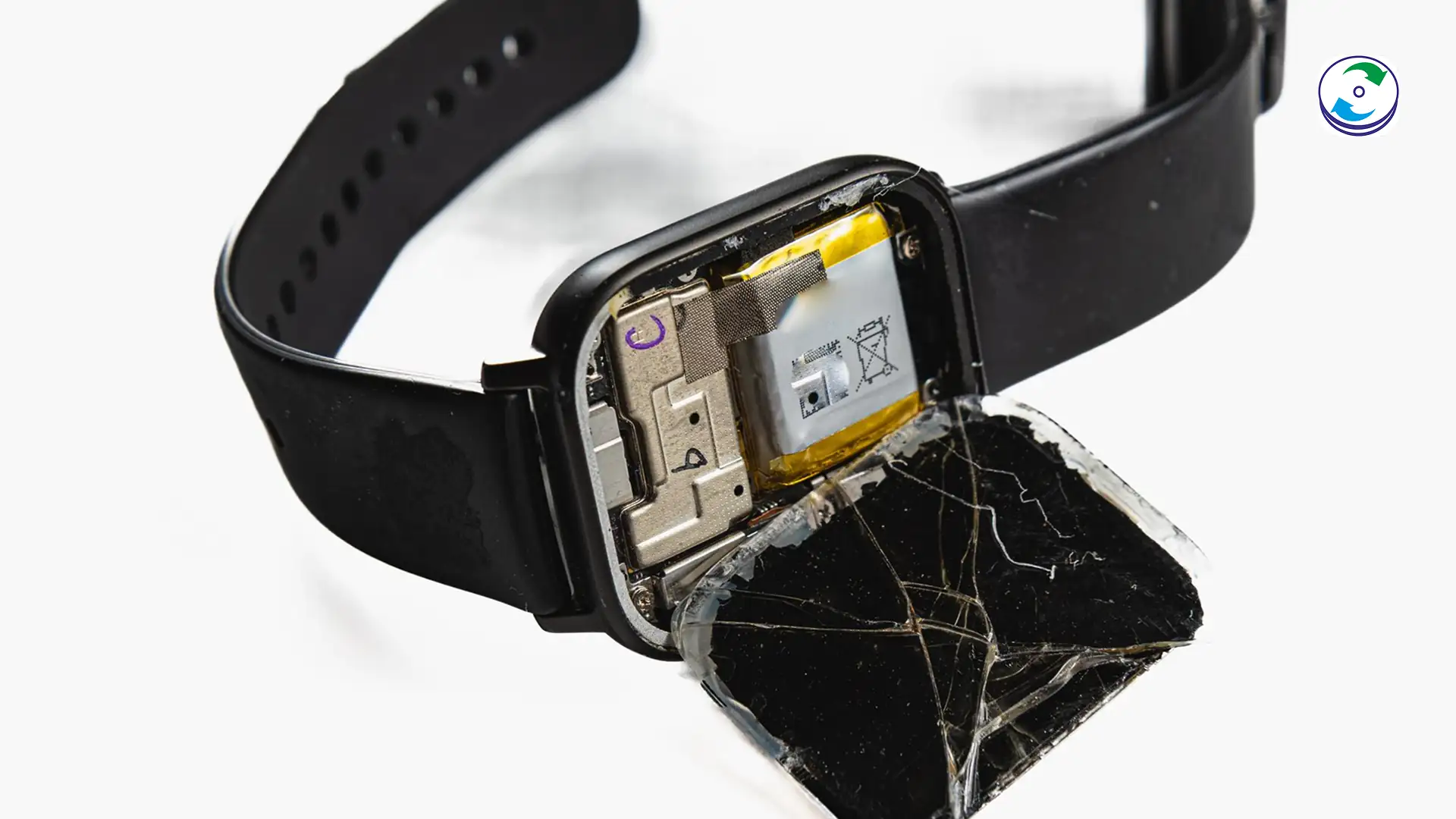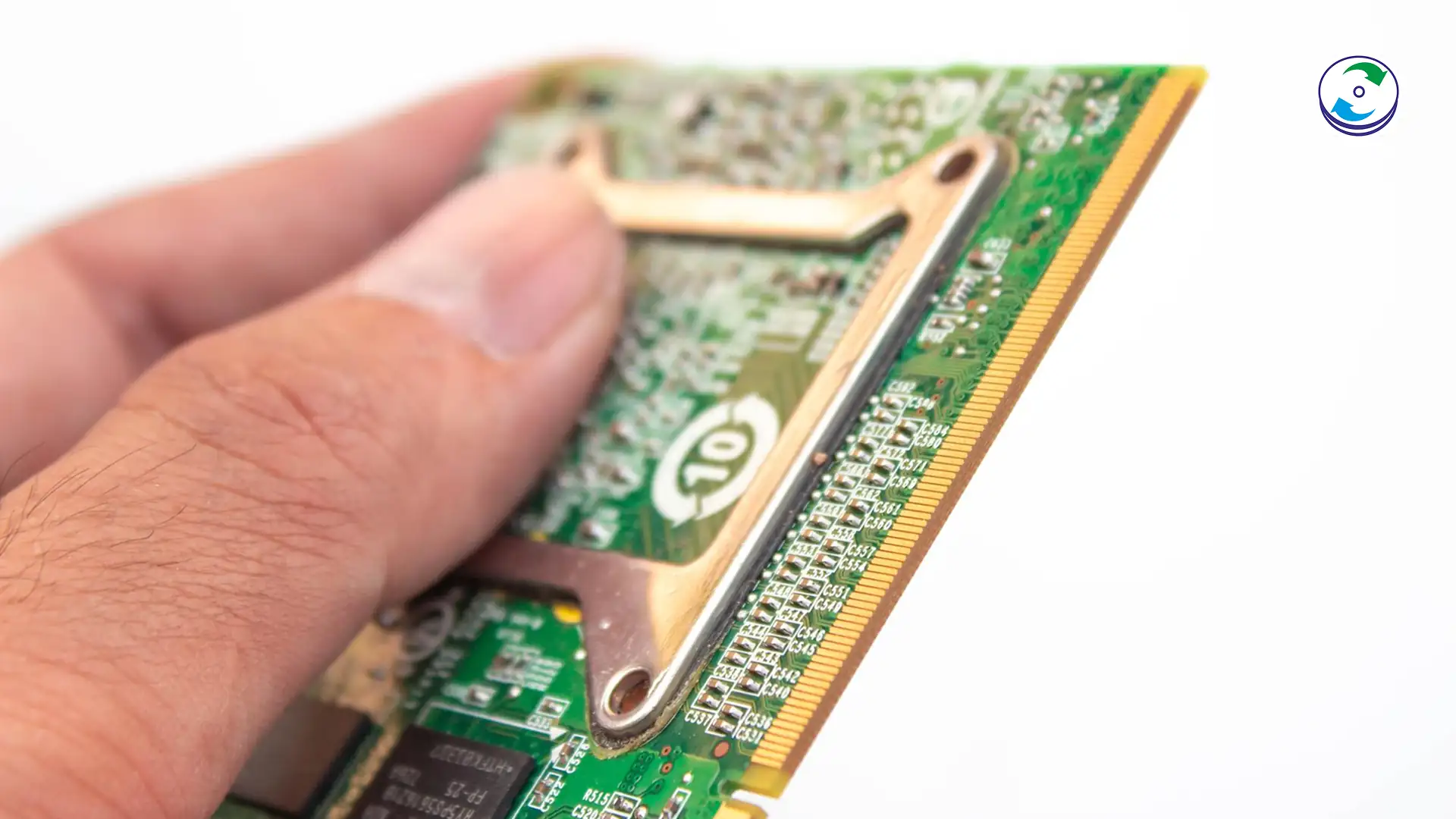Is Your DNA the Hard Drive of the Future? The Next Frontier of Data Storage and Its Recovery Challenges

Introduction
What if all the data in the world—every movie, every book, every email, and every photo—could be stored in a space the size of your thumb? It sounds like science fiction, but it’s the very real promise of a revolutionary technology: DNA data storage. As the global data crisis grows with an estimated demand for 175 zettabytes of storage by 2025, scientists and tech giants are turning to a storage medium that has been perfected by nature over millions of years: DNA.
DNA data storage is not just a high-capacity alternative; it’s a paradigm shift in how we think about data. However, as with any new frontier, this technology brings a new, complex set of failure modes and a unique challenge for data recovery.
The Science Behind DNA Data Storage: How It Works
At its core, DNA data storage is a stunningly simple concept. All digital information is made of binary code—a series of 0s and 1s. DNA, on the other hand, is a chain of four chemical bases: Adenine (A), Guanine (G), Cytosine (C), and Thymine (T).
To store data in DNA, scientists follow a two-step process:
- Encoding (The “Write” Process): A specialized algorithm translates the binary code into a unique sequence of A, T, C, and G. This new sequence is then synthetically created in a lab using automated machines.
- Decoding (The “Read” Process): To retrieve the data, the synthetic DNA is sequenced (read) by a machine, and the resulting string of A’s, T’s, C’s, and G’s is converted back into the original binary data.
The Unrivaled Advantages: Why DNA is the Ultimate Storage Medium
DNA’s potential as a storage medium is unmatched by any existing technology.
- Unbelievable Density: One gram of DNA can theoretically hold the data of more than one million CDs. This means the entire digital content of the internet could potentially be stored in a shoebox.
- Extreme Longevity: While hard drives last about 5-10 years and magnetic tapes last 10-30, DNA can remain stable for thousands of years when stored in a cool, dry environment. Think about the genetic data recovered from Neanderthal remains—that’s a testament to its durability.
- Sustainability: DNA storage consumes far less energy than massive, traditional data centers. It’s a “green” solution for the planet’s ever-growing data needs.
The New Frontier of Failure: DNA Data Recovery Challenges
The same factors that make DNA an incredible storage medium also create a new, complex set of challenges for data recovery. Forget about a head crash or a corrupted file system—the future of data recovery will be a biological one.
- Biological Degradation: Exposure to environmental factors like heat, moisture, and UV light can fragment and damage DNA molecules. This can lead to data loss just as a scratch on a CD can.
- Sequencing Errors: The process of reading the DNA can introduce errors, similar to a bit flip in a traditional storage device. Sophisticated error-correction algorithms are needed, but they aren’t foolproof.
- Sample Contamination: Data could be corrupted if a DNA sample is contaminated with foreign genetic material, leading to a scramble of the original data.
- Fragile Format: Unlike a solid-state drive, a DNA data sample is a vial of molecules. A simple spill could lead to a catastrophic, total data loss.
From Hard Drives to Bio-labs: The Future of Data Recovery
While commercial DNA storage is still in its early stages, it paints a clear picture of the future of the data recovery industry. A future data recovery lab will look more like a biology lab, complete with advanced sequencing machines and sterile cleanroom environments for handling biological materials.
At DataCare Labs, we are already at the forefront of this evolution. Our expertise in complex, physical recoveries from damaged hard drives and SSDs, combined with our world-class cleanroom facilities, positions us to adapt to this new frontier. The same principles of careful handling, advanced analysis, and expert retrieval will apply to DNA-based data, and we are actively following the research to be ready for the next era of data loss prevention.
Conclusion: Preparing for the Next Era of Data
DNA data storage is no longer just a theoretical concept—it’s a very real technology that will one day transform how we store the world’s knowledge. While it holds immense promise, it also brings a fresh set of vulnerabilities. By understanding these challenges now, we can ensure that when the time comes, our ability to recover priceless information is as advanced as the storage technology that holds it.

